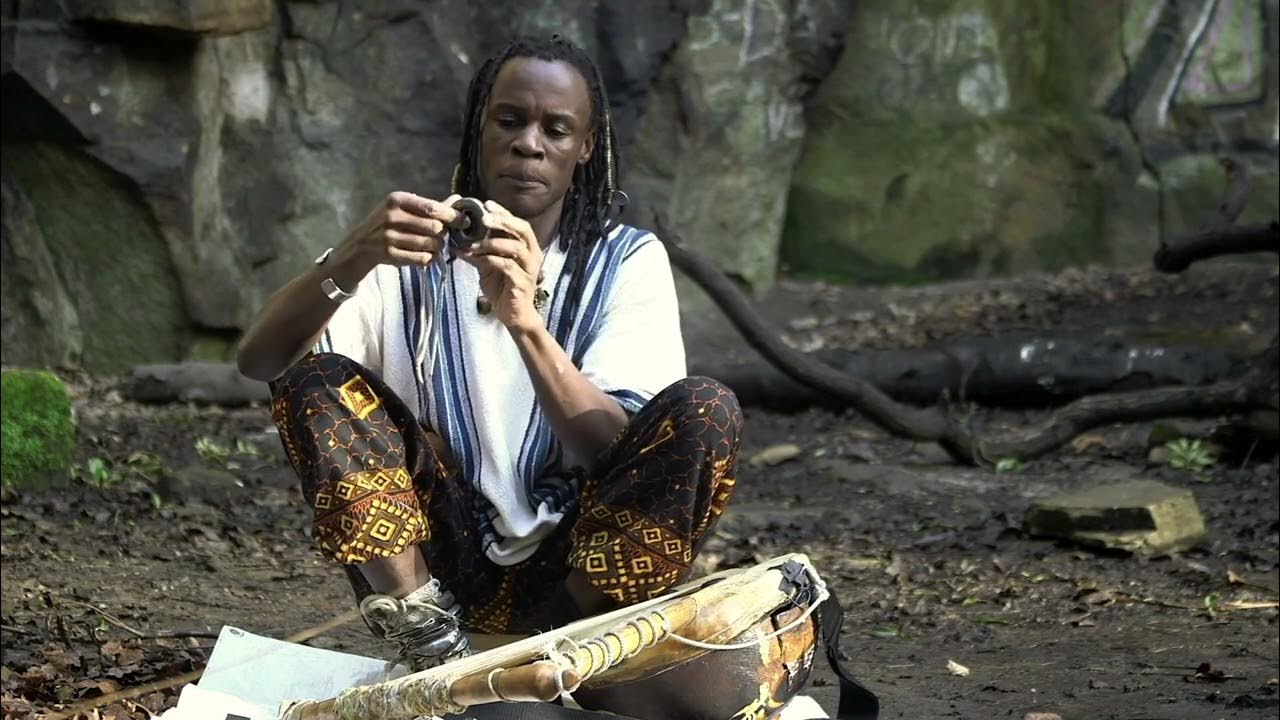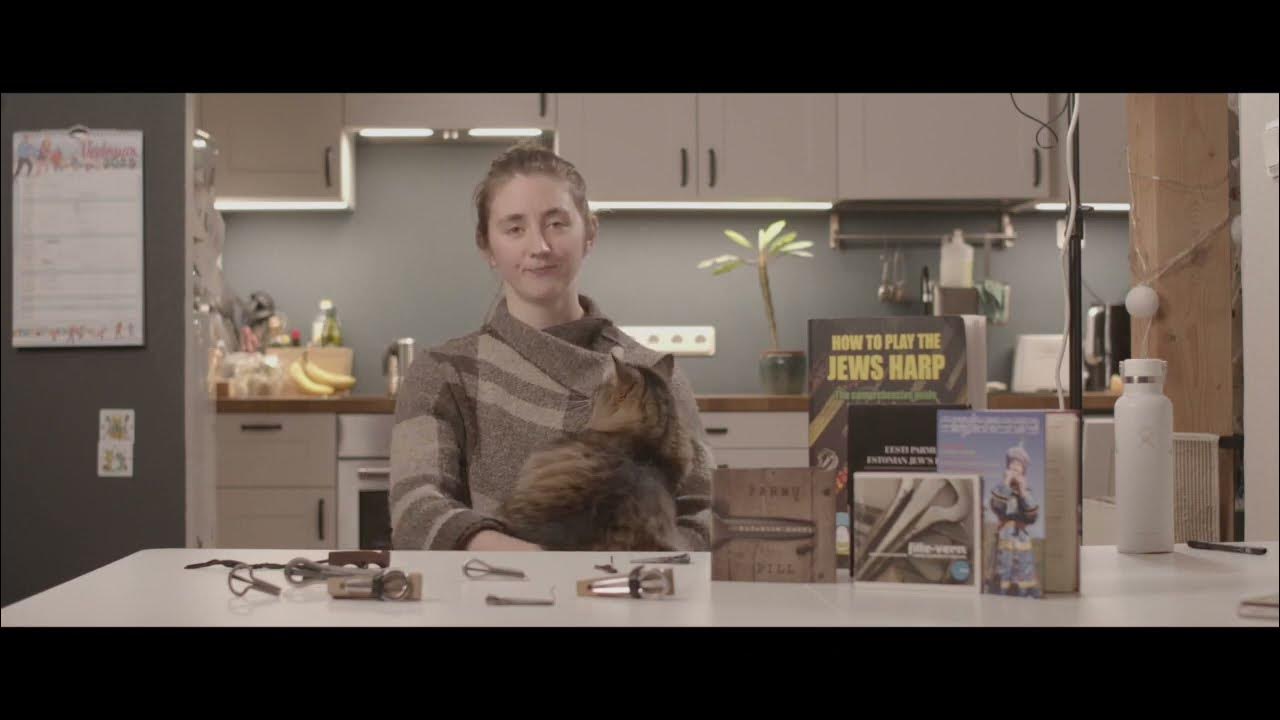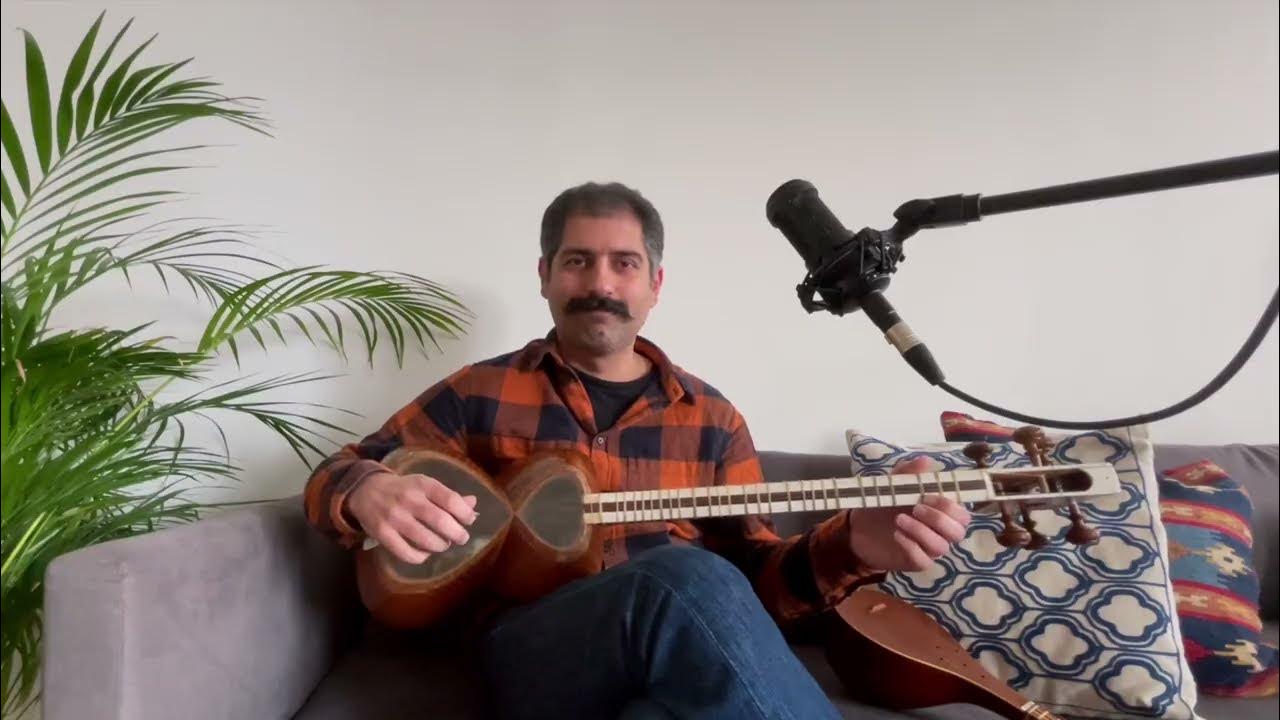Making Tracks Shorts
For this new series, developed in partnership with The Space, we have supported Making Tracks alumni to create videos sharing different aspects of their musical worlds.
Making Tracks 2020 fellow Kate Griffin shares the fascinating history of the banjo, including its West African origins, and her own relationship with the instrument.
Making Tracks 2019 fellow Rapasa Otieno introduces the nyatiti, an eight-stringed lyre instrument from Kenya. The nyatiti is popularly played by the Lüō people from Siaya and some parts of the Nyanza region.
Making Tracks 2019 fellow Katariin Raska introduces the family of instruments called mouth harps (also known as 'jaw harps' or 'jews harps') - lamellophone instruments, typically consisting of a flexible metal or bamboo tongue or reed attached to a frame.
Making Tracks 2022 fellow, Alaa Zouiten, explains how he goes about combining North African oud styles with flamenco - the art form of southern Spain, developed within the Romani culture of the region of Andalusia.
Making Tracks 2019 fellow, Barbora Silhanova (Barbora Xu) discusses the concept of 'just intonation', and why she finds it valuable as an alternative to equal temperament.
Making Tracks 2022 fellow Shahab Azinmehr introduces his instrument, tar, and explains some of the natural materials from which it is constructed. Tar is an Iranian classical instrument that is used in the performance of Iranian classical repertoire. The main Iranian classical repertoire is radif, which is a collection of old melodic figures preserved through many generations by oral tradition.
Making Tracks 2021 fellow Simon Leleux introduces the drum called doholla (also known as bass darbuka), and his creative practice around the instrument.
Making Tracks 2019 fellow Melisa Yildirim introduces her instrument, the kamancha (kemane), a bowed string instrument used in Persian, Azerbaijani, Armenian, Kurdish, Georgian, Turkmen, and Uzbek music with slight variations in structure.
Making Tracks 2020 fellow Daniel Gouly explains how he makes use of one particular feature in Ableton - the sampler instrument - to create interesting and complex sound worlds.
Making Tracks 2022 fellow Ranjana Ghatak teaches a north Indian vocal piece, 'Hansadhwani' by Pandit Ajoy Chakrabarty. The type of composition is called a 'tarana', which uses syllables and rhythmical sounds instead of words. 'Hansadhwani' is based on a time cycle of 16 beats.










